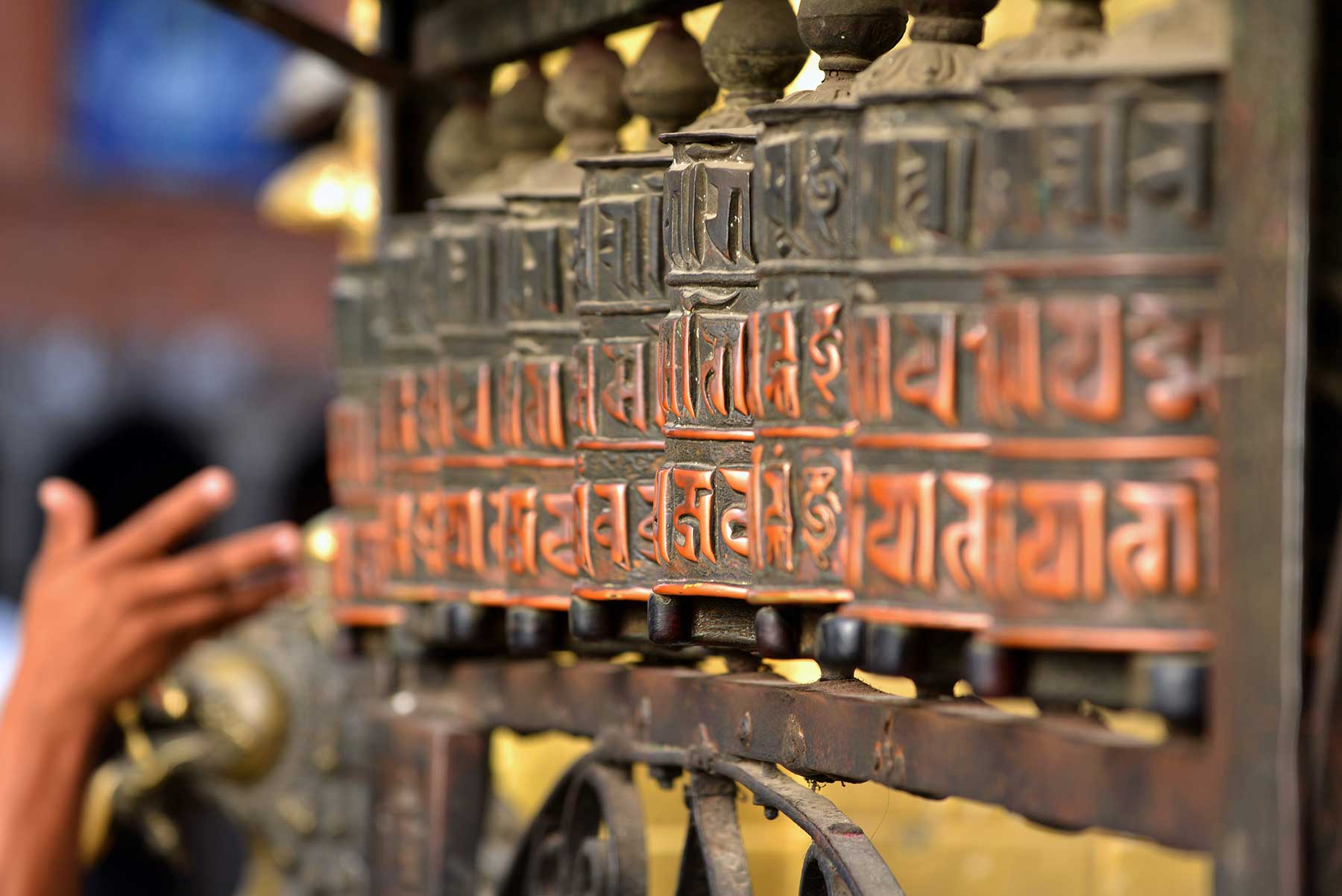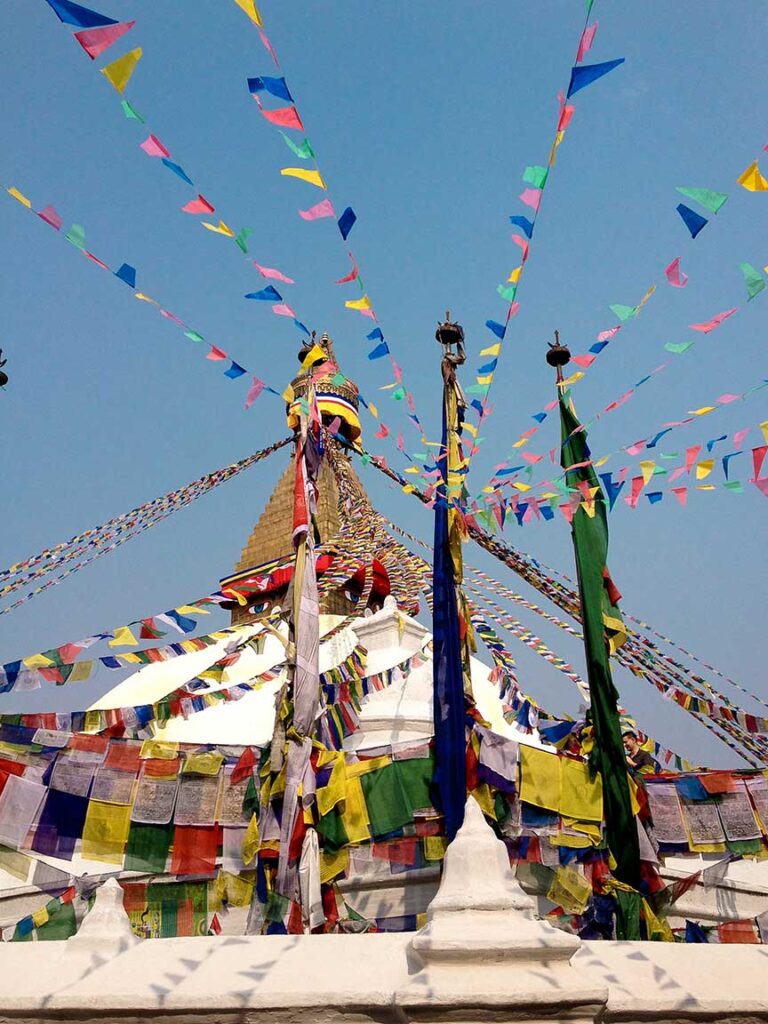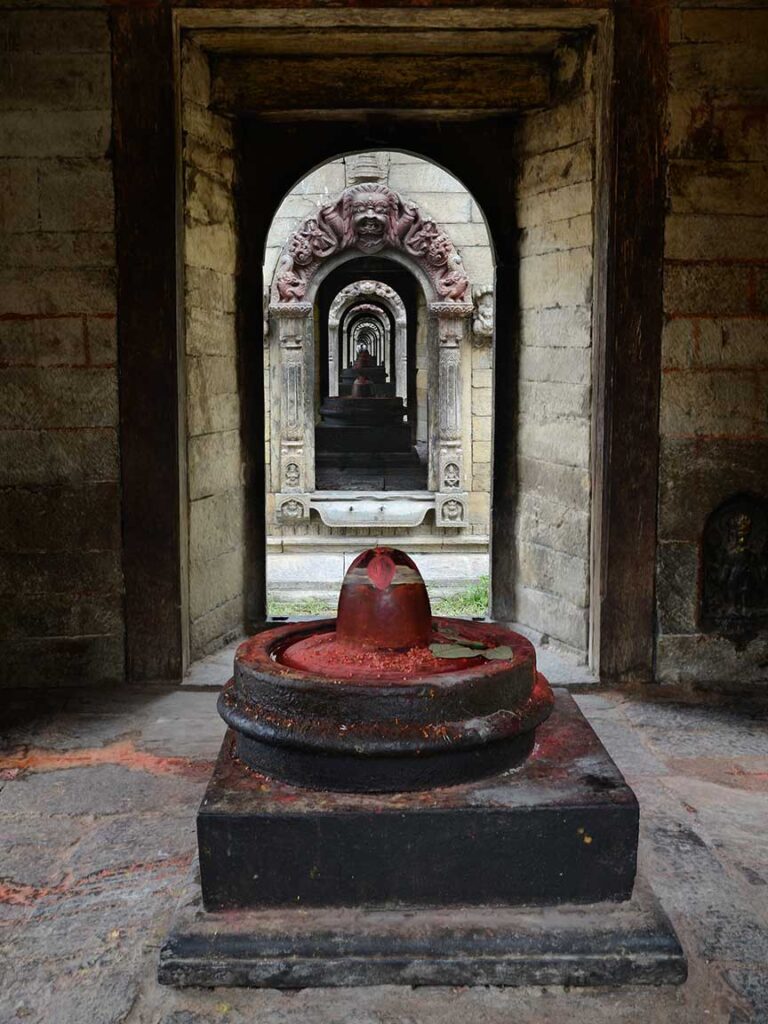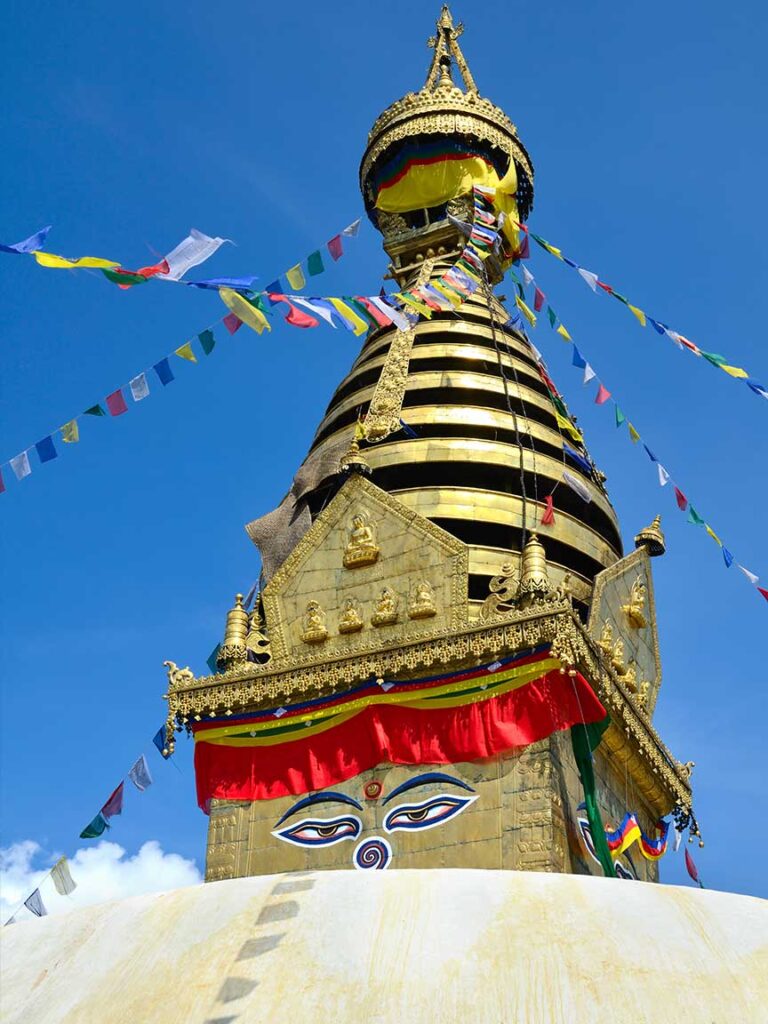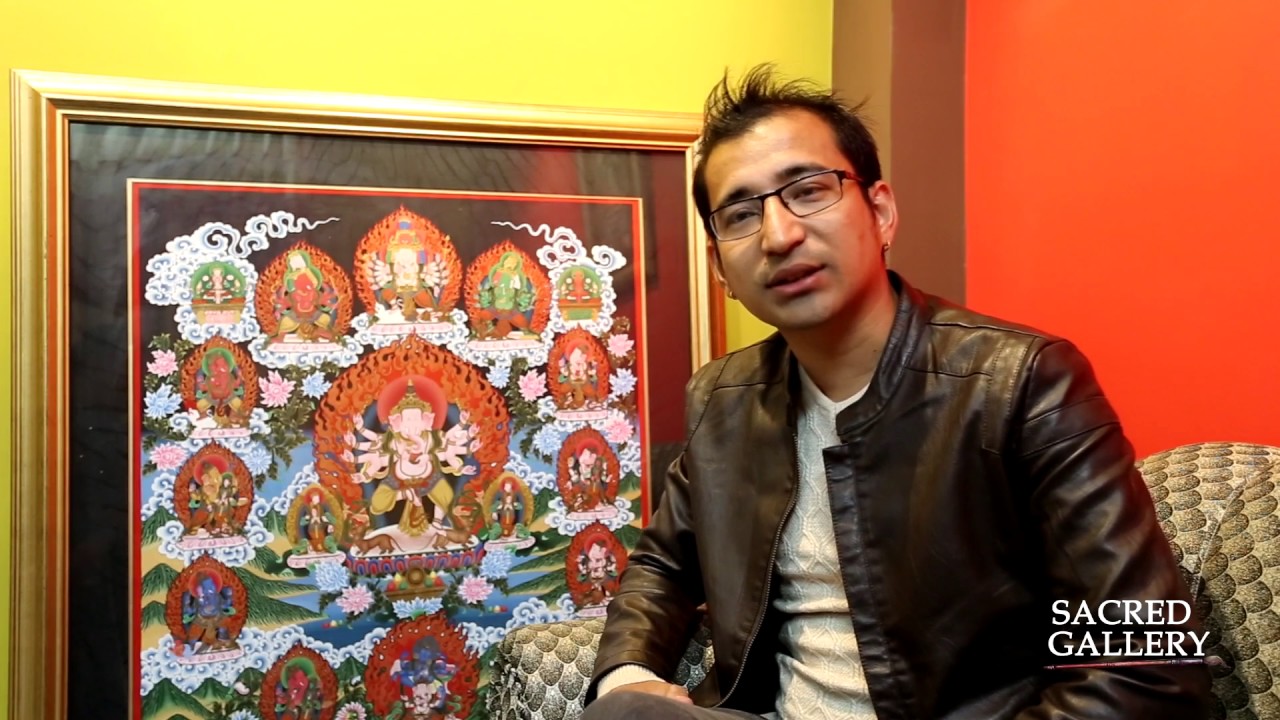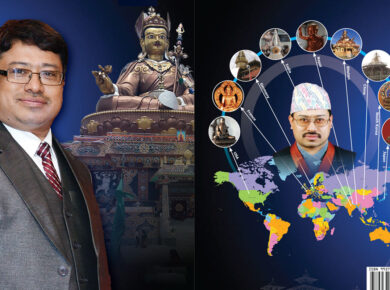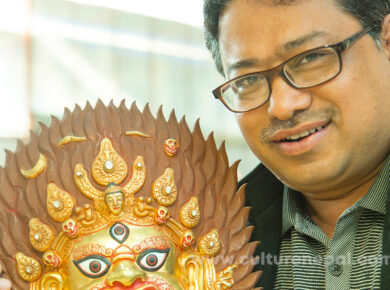The seven UNESCO monuments of the Kathmandu valley comprising of three historical palaces known as:
- Kathmandu Durbar Square
- Patan Durbar Square and
- Bhaktapur Durbar Square
Two Buddhist Stupas - Syambhunath and
- Boudanath
Two Hindu Temples - Pashupatinath and
- Changu Narayan,
were revered as sacred for hundreds of years and there has been a series of contributions and renovations in the form of constructions of temples, stupas and palaces over the centuries made by different rulers and Kings.
The pagodas are multi-tiered monuments tapering towards the top with intricate wood carving in the forms of doors, pillars, windows and struts. These ubiquitous wooden historical structures are supplemented by bronze works and stone sculptures together forming the squares and palaces with profuse representation of images of gods, goddesses, demons, beasts, mythical figures, kings and the ordinary human beings engaged in their day-to-day activities.
The Lichchavi period is known as the classical period of Nepalese history because it was during this period that art and architecture began to take shape. Trade and crafts flourished under them, and they built magnificent temples, palaces and monuments. However, it was only under the later Math period and the early Shah period from the 14th to the 18th centuries the valley’s fabulous cities with their exquisite pagoda, shikhara and stupa architecture, ornate palaces and artistic temples came to take shape in the form that we see it today.
The present-day neo-classical buildings were also built only during the second half of the 19th century (Rana Regime) with Nepal’s first contact with the western countries.
Nepal’s ethnic diversity, religious and cultural beliefs, festivities, gods and goddesses in their many manifestations, demons, myths, legends, folklore and myriad spiritual and supernatural elements have been the subject of profound interest to visitors. Its cultural mosaic is enriched by folk art and artistic creations, which are reflected in its music, musical instruments, paintings (thangkas), masks and curio items of cultural significance and numerous other objects d’art.
Harmonious inter-relationship and tolerance between Hinduism and Buddhism and the mutual respect and acceptance of each other have created a congenial environment for the development of art and culture. Early visitors to the country described the valley as the abode of the gods and goddesses where there were more temples than houses and more gods and goddesses than people. Writings by 7th century Chinese travelers reported well-built towns and settlements with magnificent palaces and temples. Its narrow streets with roofed brick houses in a row on both sides, paved squares, open platforms or stages, stone water spouts and a landscape punctuated by temples, stupas, monasteries and numerous other religious and cultural monuments added to its aesthetic beauty. An inventory prepared in 1975 stated that more than 80 per cent of all historical monuments in the country were to be found in the Kathmandu Valley. In the valley alone, there were more than a thousand splendid monuments. This was what Brown Morton III, Chairman of
the United States National Committee for the International Council of Monuments and Sites, had to say in 1979: “The Kathmandu Valley is perhaps the most beautiful place in the world. Hidden deep in the folds of the Himalayan mountains between India and Tibet, this exotic center of an exotic country is nearly a perfect synthesis of natural and man-made beauty.”
The natural splendor of the valley, its history and cultural opulence have attracted visitors, pilgrims, traders and scholars who dared to venture into the mountains and inhospitable terrain in search of the elusive Shangri-la. What makes Kathmandu Valley unique is the amalgamation of its magnificent natural environment with a living civilization reflected in its towns, monuments, festivities, highly stylized pageants, ritualistic customs, religious traditions and vibrant culture.
